
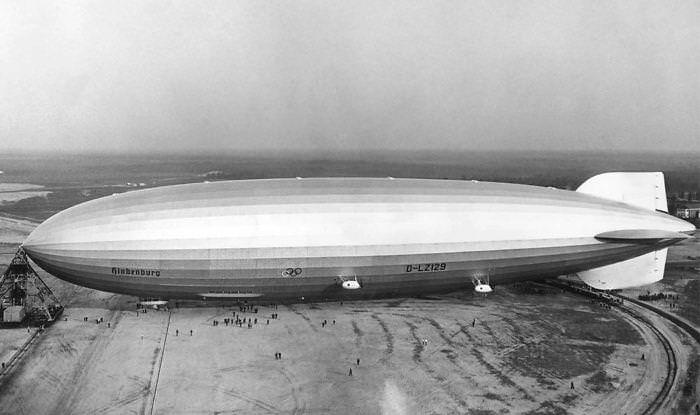




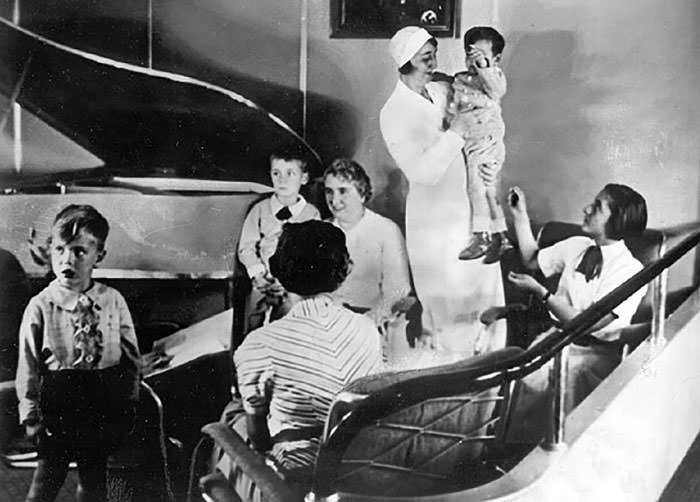
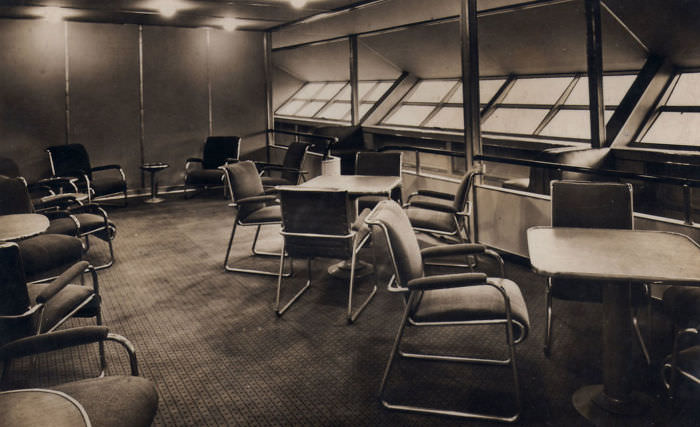
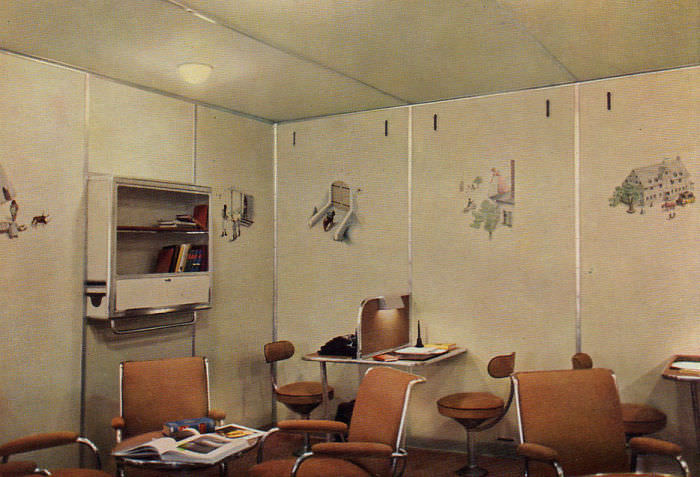
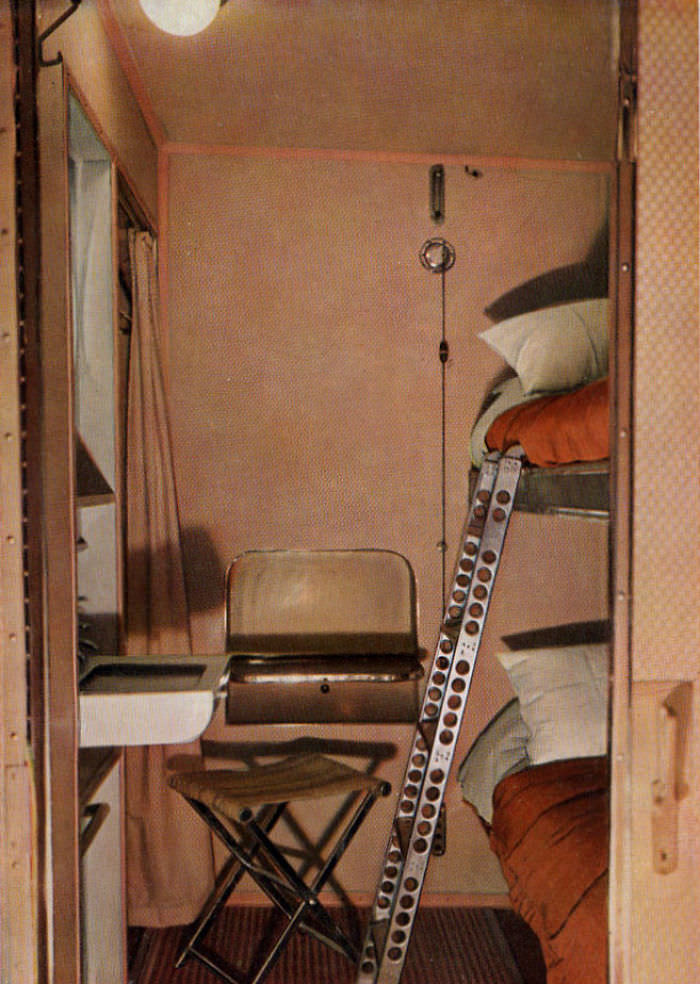
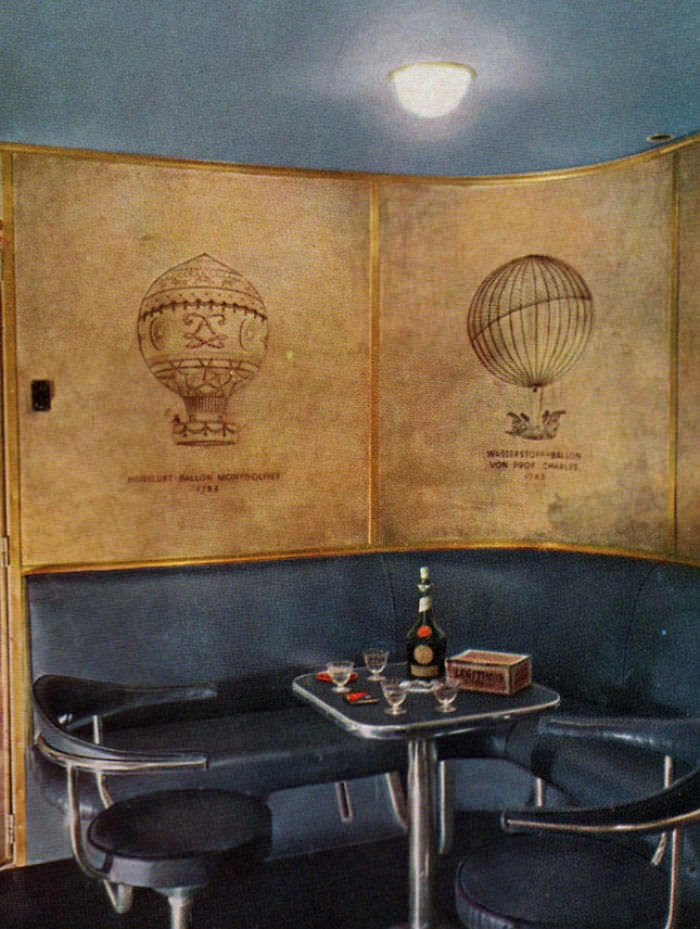
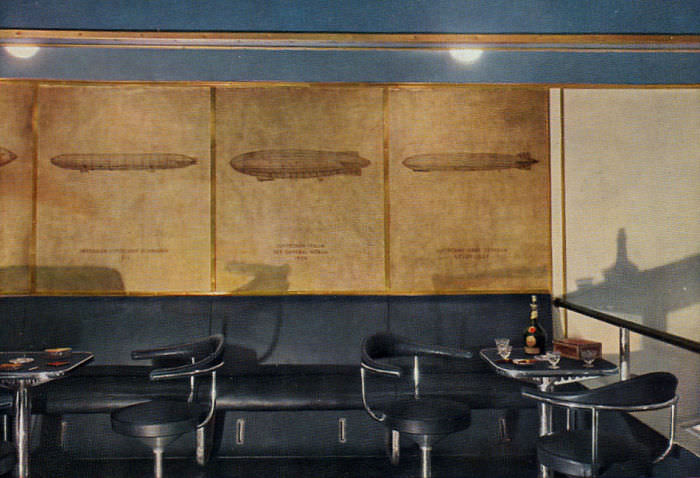

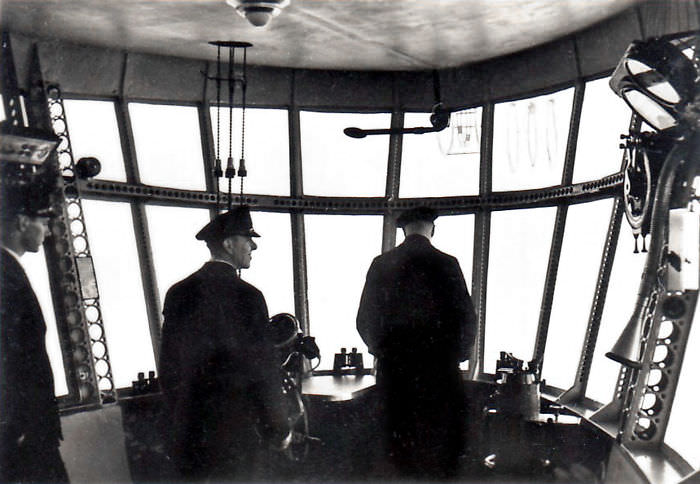
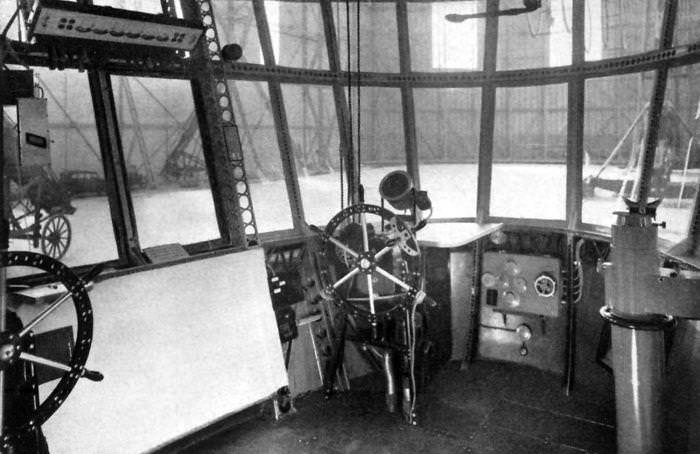
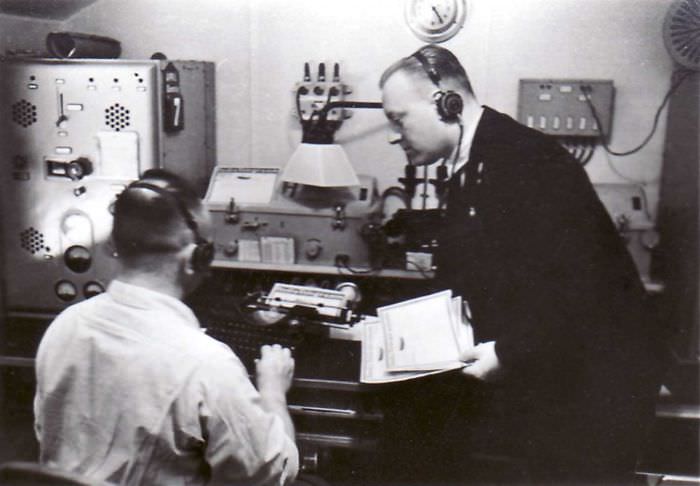
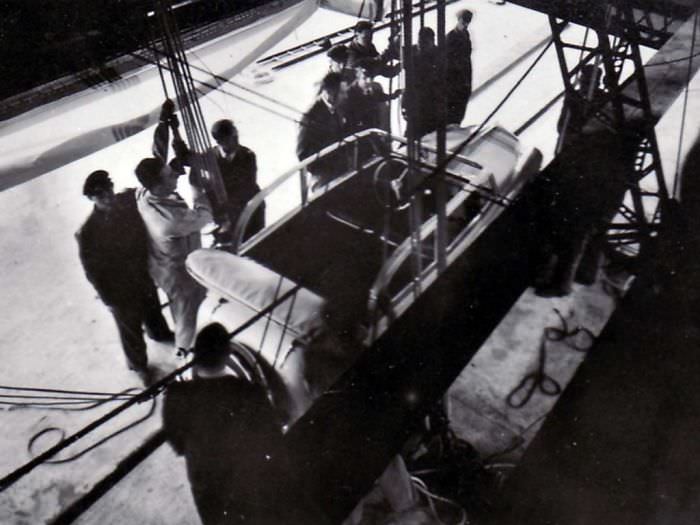
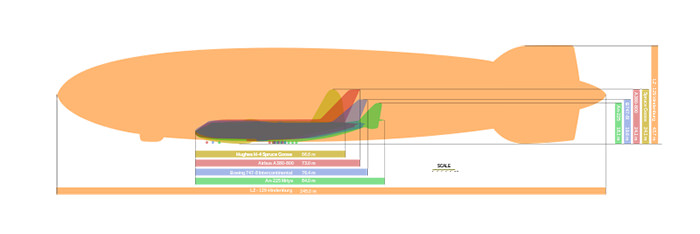


Our World is Full of Fascinating Curiosities – 12 Pics
Let’s take a look at some unusual and amazing pictures of nature’s incredible curiosities.
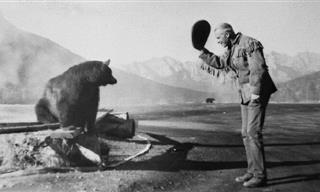
A Slice of History – 20 Powerful Images of Yesteryear
This collection of rare historical photos will give you a fascinating glimpse of our past.

Tips & Tricks to Make the Most Unique Christmas Tree
This festive season, get inspired by making some of these creative DIY Christmas trees.
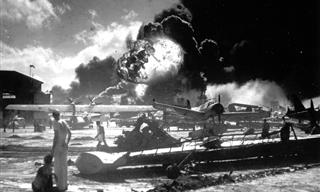
30 Vintage Pics That Are Worth More Than a Million Words
Enjoy this great collection of rare historical photos.

20 Breathtaking Photos of Our Crazy Beautiful Planet
Sit back and enjoy some gorgeous photos from around the world.

15 Curious Things You Never Knew Existed In Our World
Our world is full of curious and wonderful things you have probably never seen before. Here’s a look at a few of them.

English Really Needs a Translation for These Foreign Words
With so many words in the English vocabulary, we still as yet have to come up with a word to describe how we'd feel in these instances.

These Unique Maps Tell a Great Deal...
These 19 maps of the world are anything but boring. Each map is compelling and teaches you something new about the world.

GUIDE: 9 YouTube Channels for History Buffs!
Discover the past and enrich your knowledge with these captivating history channels on YouTube.
 2:35
2:35
Kyle the Goose Simply Refuses to Leave Her Savior's Side
Mike Jivanjee seems to have gotten more than he bargained for when he rescued Kyle, the Canadian goose, from drowning in Lake Oswego. Check out this cute video.

115 Incredible Facts You Never Knew About Cats!
Cats are the most popular animal on the internet by far, so we made this extensive list of cat facts that will turn you into a feline expert!

12 Freaky Photos of Olympians That Will Shock You
These surreal pictures of Olympians will make you see athletes in a different light.

Then & Now Photos Show How the World Has Changed
Here are some of the best pictures contributed by their users. Which impressed you most?

17 Extremely Dangerous Foods That Could Kill You!
From toxic fish, to monkey brains, you'll be surprised at what some people would risk just for a taste of these dangerous "delicacies".

7 Ancient Buildings That Have Survived the Test of Time
Here is a look at some wonderful ancient structures that have survived the test of time.
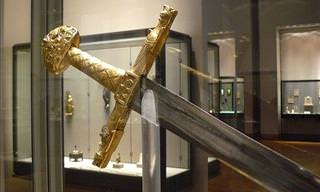
These Are the Most Famous Swords Ever Forged!
Check out 8 of the most legendary swords to have ever graced the field of battle!

Behold the Worst Predictions in History!
Not every prediction is true, and some of them, like the ones on this list - miss the mark by a mile!

13 Commercials So Brilliant That You Have to Applaud
Most adverts are so predictable that anyone can see them coming, but these commercials are utterly ingenious!

10 Questions You Always Wanted the Answer To
Let's dive into ten questions you've always wanted to ask and uncover the intriguing science behind everyday phenomena.

Life in Japan is so Interesting! Want to Know About It?
Japan has a number of cultural differences. Here are 15 intriguing facts about this countries.
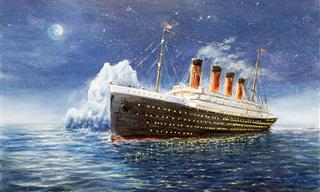
11 Surprising Things You Never Knew About the Titanic
We bet you didn’t know these surprising facts about the Titanic!

The Grisly Origins of Madame Tussaud's Wax Empire!
Ever wondered how Madame Tussaud's became the most famous waxmaker in history? Well, if you did, you need wonder no more!

10 Emmy-Winning Netflix Shows You Don't Wanna Miss...
if you're in need of a binge-worthy series and haven't explored these recommendations yet, prepare to be captivated.
 4:35
4:35
Full Documentary: The Real Story of Thanksgiving
Discover the real history behind the most popular holiday in the USA, through this fascinating documentary, courtesy of the History Channel.
 4:20
4:20
WATCH: The Incredible Kindness of Strangers Is Wonderful
Strangers can be incredibly compassionate, and this is just as true when helping out an animal in distress. Watch this heart-warming video.

Hello, January: Inspiring Quotes to Greet the New Month
Let’s start the new year with these amusing and inspiring January quotes.

8 Infamous Crimes That Left a Mark on History
These true crime stories became so sensational that they changed the culture and went to be remembered in history.
 8:23
8:23
Learning to Trust Again - Rehabilitating an Abused Dog
Ralph the abandoned dog learns to trust again...

8 Honest-to-God Facts that Are Just too Weird to Believe
A list of bizarre yet true facts

You Won’t Find Maps Like These in Geography Textbooks!
Explore this collection of 20 new and updated maps on a variety of fascinating subjects!

The English Samurai: The True History Behind 'Shogun'
In this article, we will look at the TRUE history behind the celebrated book Shogun.

These Supposed Aphrodisiacs Are Just a Waste of Money
Many things that are supposed to be aphrodisiacs are actually no such things. Here are 10 "aphrodisiacs" that are nothing more than a waste of money.

10 Things You Didn't Know Were Invented By Native Americans
Learn about some super useful inventions that the Native Americans contributed to the world.
 1:24
1:24
Watching These Tigers Released Is a Powerful Experience
Watching these powerful, royal tigers given their freedom again is a magnificent experience, one that reminds us of the power and majesty of these animals.

Say Cheers & Raise Your Drinks to These 15 Terrific Toasts
I have been known to offer a few toasts myself when the occasion has grabbed me, but these are 15 of the very best toasts I have ever heard.

8 Shocking Historical Discoveries of the Last 20 Years
Let’s take a look at some of the most shocking historical discoveries and findings made since 2001

11 of the Most Insanely Useful Websites on the Web
Believe it or not, there are tons of sites that offer useful free stuff. Here’s a look at a few of them.
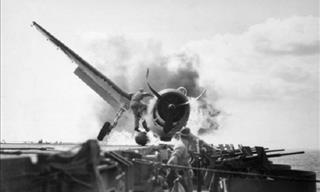
25 Old Photos That Show How Different the World Used To Be
Check out this amazing collection of vintage pictures that show us how much the world around us has changed.

The Secrets Behind 5 Famous and Beloved Magic Tricks!
Get to know the secrets behind well-known magic tricks with these 6 fascinating explanations.

15 of the Best Books for Seniors and Older Adults
Check out our definitive list of amazing books that every senior will enjoy.
 2:30
2:30
The World Needs to Listen to This Song Now More Than Ever
Watch legendary singer Louis Armstrong perform his hauntingly beautiful and iconic song ‘What A Wonderful World’, live during this concert.
 2:57
2:57
This Is One of The Most Beautiful Duets I've Ever Seen
Watch this mesmerizing duet from 1981 featuring Donovan and Crystal Gayle. This live performance is their rendition of the classic 60s song ‘Catch the Wind’

Our World Is Amazing, As These Pictures Will Show You
Although life can get you down sometimes, seeing just one little thing can make all the difference. Here are 20 photos to remind you how awesome our world is.

How We Came to Play: The Origins of Playground Games
The fun games we played in our childhood had some interesting origins.

9 Facts About Ancient Egypt You Probably Didn’t Know
Venture beyond the usual facts about the pyramids and Tutankhamen and learn 9 equally fascinating facts and misconceptions about Ancient Egypt

These Photos Clearly Indicate You're Never Too Old to Love
You're never too old to love or show love, and these pictures are a clear indication of that. Here are 15 photos that show you never have to stop having fun.

15 Amazing Facts That Knocked Me Over with a Feather
The world always fascinates me and everyday I learn something new. Here are 15 facts and stories to give your brain a real workout. Which of these tidbits blows your mind most?


